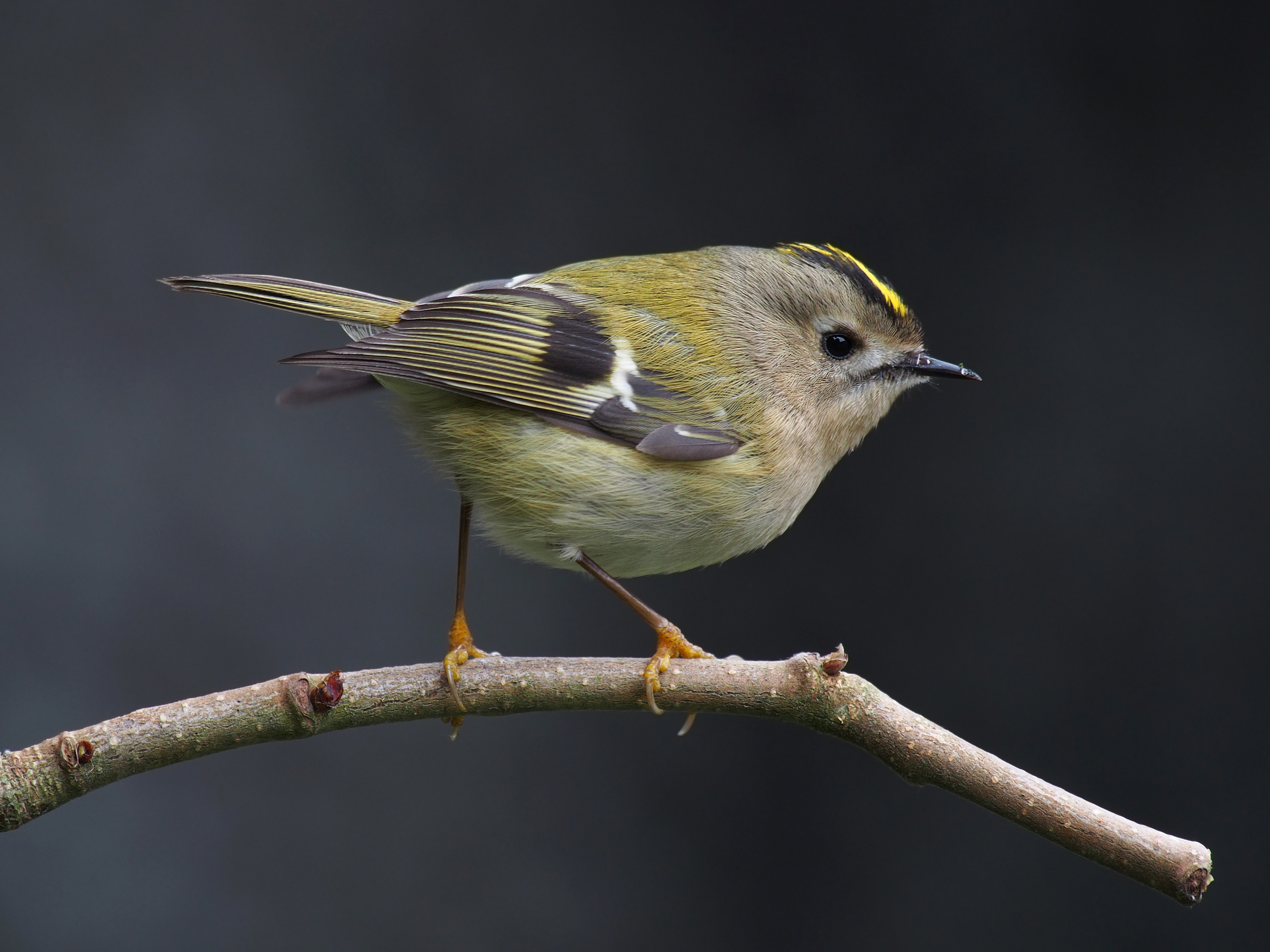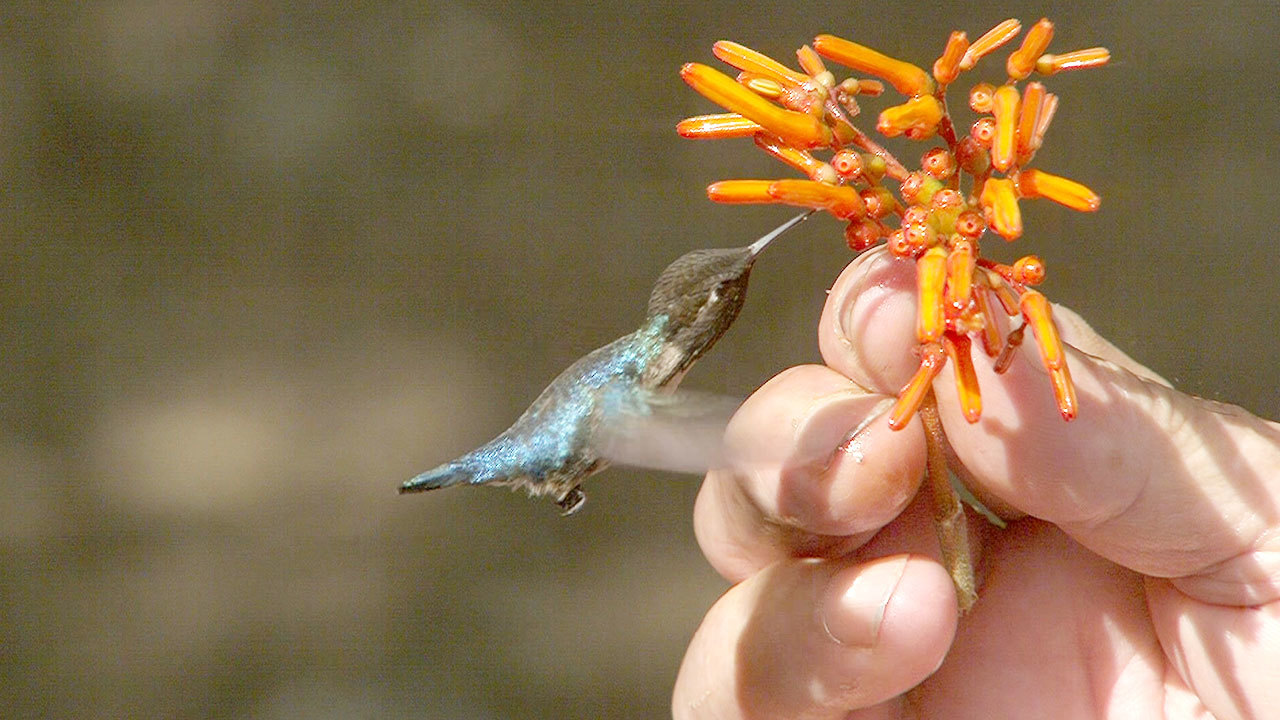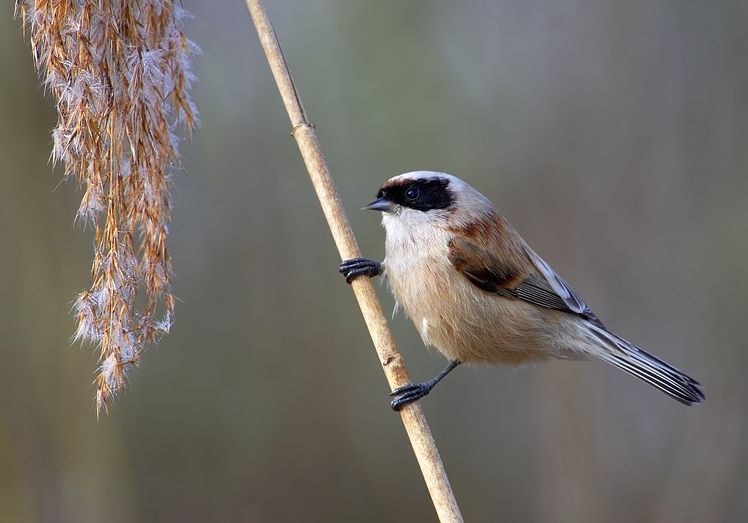Birds are some of the most fascinating creatures on the planet, with a wide range of sizes, shapes, and colors. While some birds are known for their impressive wingspans and soaring abilities, others are known for their tiny size and incredible agility.
In this article, we will explore the top 8 tiniest birds in the world. From the Bee Hummingbird to the Long-tailed Tit, these birds may be small, but they are mighty in their own way. We will take a closer look at their average length and weight, as well as some interesting facts about each species.
You are reading: The Top 8 Tiniest Birds In The World
So, let’s dive in and discover the world’s tiniest birds!

The Top 8 Tiniest Birds In The World
Bee Hummingbird

The Bee Hummingbird, also known as the zunzuncito or Helena hummingbird, is a species of hummingbird native to the island of Cuba in the Caribbean. It is considered the world’s smallest bird. The female Bee Hummingbird is bluish green with a pale gray underside, while the male has a reddish to pink head, chin, and throat during the mating season.
The tips of their tail feathers have white spots, and their feathers have iridescent colors that are not always noticeable, but depend on the viewing angle.
The Bee Hummingbird’s slender, pointed bill is adapted for probing deep into flowers, and it feeds mainly on nectar by moving its tongue rapidly in and out of its mouth. In the process of feeding, the bird picks up pollen on its bill and head, and when it flies from flower to flower, it transfers the pollen, playing an important role in plant reproduction.
The Bee Hummingbird is a diurnal bird that can fly at 40–48 km/h (22–26 kn; 11–13 m/s), and it beats its wings 80–200 times per second, which allows it to remain stationary in the air. In one day, the Bee Hummingbird may visit 1,500 flowers. Females lay only two eggs at a time, each about the size of a coffee bean, and build a nest barely an inch across.
The Bee Hummingbird is classified as “Near Threatened” to extinction on the Red List for birds in regard to conservation, partly due to the loss of habitat from ranching and deforestation.
Cape Penduline Tit

The Cape Penduline Tit, also known as the Southern Penduline Tit, is a tiny bird species found in Angola, Botswana, Namibia, South Africa, and Zimbabwe.
Here are some interesting facts about this bird:
Appearance
– The Cape Penduline Tit is one of the smallest bird species found in Africa, measuring only 8 centimeters (3 inches) in length.
– It has a green back, gray head with fine grizzled black-and-white scaly patterning, and yellowish underparts.
Habitat
– The Cape Penduline Tit can be found in dry savannah, subtropical or tropical dry shrubland, and Mediterranean-type shrubby vegetation.
Behavior
– The Cape Penduline Tit builds a soft, bag-like nest with a false entrance, which is used to deter predators.
– This bird species feeds mainly on insects and spiders, and sometimes on nectar.
– The Cape Penduline Tit is known for its pendulum-like swinging behavior, which it uses to search for insects and spiders on the underside of leaves.
Taxonomy
– The Cape Penduline Tit was formally described and illustrated in 1812 by the English naturalist George Shaw under the binomial name Sylvia minuta.
– The species is now placed in the genus Anthoscopus that was introduced in 1851 by the German ornithologist Jean Cabanis.
– Three subspecies of the Cape Penduline Tit are recognized.
Overall, the Cape Penduline Tit is a fascinating bird species that is known for its small size, swinging behavior, and unique nest-building habits.
Goldcrest
Read more : Can Hummingbird Feeders Be In The Sun
The Goldcrest (Regulus regulus) is a very small passerine bird in the kinglet family, and is one of the smallest birds in the western Palearctic.
Here are some interesting facts about this bird:
Appearance
– The Goldcrest is dull greyish-green with a pale belly and a black and yellow stripe on its head.
– Its most distinctive feature is its colorful golden crest feathers, which gives rise to its English and scientific names.
– The Goldcrest is smaller than warblers, with a length of only 8.5 centimeters (3.3 inches) and a weight of about 5 grams.
Habitat
– The Goldcrest can be found in coniferous and mixed forests, as well as in parks and gardens.
Behavior
– The Goldcrest feeds mainly on insects and spiders, and sometimes on nectar.
– Its typical contact call is a thin, high-pitched zee given at intervals of 1–4 seconds, with all the notes at the same pitch.
– The song of the male Goldcrest is a very high, thin double note cedar, repeated 5–7 times and ending in a flourish.
Taxonomy
– The Goldcrest was first described by Carl Linnaeus in his Systema Naturae in 1758 as Motacilla regulus.
– Several subspecies of the Goldcrest are recognised across its very large distribution range that includes much of the Palearctic and the islands of Macaronesia and Iceland.
Overall, the Goldcrest is a fascinating bird species that is known for its small size, colorful crest feathers, and distinctive call and song.
Firecrest
The Common Firecrest (Regulus ignicapilla), also known as the Firecrest, is a very small passerine bird in the kinglet family.
Here are some interesting facts about this bird:
Appearance
– The Common Firecrest is one of the smallest birds in Europe, weighing only 5 to 5.5 grams.
– It has a green back, white belly, bronze ‘collar,’ and a black and white eye-stripe.
– The male has a fiery orange crown stripe, while the female’s is yellow.
Habitat
– The Common Firecrest breeds in most of temperate Europe and northwestern Africa, and is partially migratory, with birds from central Europe wintering to the south and west of their breeding range.
– It prefers lowland broadleaf forest, cork oak, alder, beech, holly, mixed broadleaf and conifer woodland, and stands of spruce, European silver fir, cedar, and pines, often with undergrowth of juniper, ivy, and wild rose.
Behavior
– The Common Firecrest feeds mainly on small insects, spiders, and moth eggs.
– It moves through trees and bushes in search of food, and is often high in the canopy.
– The Common Firecrest has a high, thin, lisping vocalization.
Taxonomy
– The Common Firecrest was first described by Coenraad Jacob Temminck in 1820.
– There are two widely recognized subspecies of Common Firecrest: nominate R. i. ignicapilla and Mediterranean R. i. balearicus (Jordans, 1923).
– Firecrests in the Balearic Islands and north Africa are widely recognized as a separate subspecies, but the population on Madeira, previously also treated as a subspecies, is now treated as a distinct species, the Madeira Firecrest, Regulus madeirensis.
Overall, the Common Firecrest is a fascinating bird species that is known for its small size, distinctive appearance, and preference for lowland broadleaf forest.
Esmeraldas Woodstar
The Esmeraldas Woodstar (Chaetocercus berlepschi) is a rare and neotropical species of hummingbird in the family Trochilidae.
Here are some interesting facts about this bird:
Appearance
– Esmeraldas woodstars are one of the smallest bird species, measuring barely 2.5 inches long.
– They are sexually dimorphic, with males having a bright purple throat and a green “vest” on otherwise white underparts, while females have a white postocular stripe and a green back.
Habitat
– Esmeraldas woodstars are found only on the Pacific coast of western Ecuador.
– They inhabit subtropical or tropical moist lowland forests, and are often found in the understory or along forest edges.
Behavior
– Esmeraldas woodstars feed mainly on nectar from flowers, and sometimes on small insects.
– They are known for their rapid wing beats, which can reach up to 80 beats per second.
– Esmeraldas woodstars are considered one of the world’s rarest and smallest hummingbirds.
Conservation
– The Esmeraldas Woodstar is listed as “Endangered” on the United States Endangered Species Act, and is also listed as “Endangered” on the International Union for Conservation of Nature (IUCN) Red List.
– The main threats to the species are habitat loss and degradation due to deforestation, agricultural expansion, and human settlement.
Overall, the Esmeraldas Woodstar is a fascinating bird species that is known for its small size, rapid wing beats, and rarity.
Bumblebee Hummingbird
The Bumblebee Hummingbird (Atthis heloisa) is one of the smallest bird species in the world, measuring only 2 3/4 inches in length and weighing less than a U.S. penny.
Here are some interesting facts about this bird:
Habitat
– The Bumblebee Hummingbird is endemic to Mexico, but has been observed as a vagrant in the United States.
– It inhabits humid forests in Mexico.
Behavior
– The Bumblebee Hummingbird feeds mainly on nectar from flowers, and sometimes on small insects.
– It is known for its rapid wing beats, which can reach up to 80 beats per second.
– The Bumblebee Hummingbird is a solitary bird that is rarely seen in flocks.
Taxonomy
– The Bumblebee Hummingbird is a species of hummingbird in the tribe Mellisugini of subfamily Trochilinae, the “bee hummingbirds”.
– The International Ornithological Committee (IOC), the North American Classification Committee of the American Ornithological Society, and the Clements taxonomy place the Bumblebee Hummingbird in genus Selasphorus. BirdLife International’s Handbook of the Birds of the World (HBW) places it in genus Atthis.
– Two subspecies of the Bumblebee Hummingbird are recognized: the nominate S. h. heloisa/A. h. heliosa and S. h. margarethae/A. h. margarethae.
Overall, the Bumblebee Hummingbird is a fascinating bird species that is known for its small size, rapid wing beats, and preference for humid forests in Mexico.
Pygmy Nuthatch
The Pygmy Nuthatch (Sitta pygmaea) is a tiny songbird that belongs to the nuthatch family Sittidae.
Here are some interesting facts about this bird:
Appearance
– The Pygmy Nuthatch is one of the smallest nuthatch species, measuring only 3.5–4.3 inches (8.9–10.9 cm) in length and weighing 0.3–0.4 ounces (8.5–11.3 g).
– It has a gray-brown crown, dark eye-line marks cap, and a pale spot on the nape.
– The Pygmy Nuthatch has a short, stubby bill and a long, narrow tail.
Habitat
– The Pygmy Nuthatch is found in coniferous forests in western North America, from southern British Columbia to central Mexico.
– It is often found in ponderosa pines, Douglas firs, and other conifers.
Behavior
– The Pygmy Nuthatch feeds mainly on insects and spiders, and sometimes on seeds and berries.
– It is known for its hyperactive behavior, constantly climbing up and down trees in search of food.
– The Pygmy Nuthatch is a social bird that is often seen in small, talkative flocks.
Reproduction
– The Pygmy Nuthatch nests in cavities in dead stubs of conifers, lining the bottom of the cavity with pine-cone scales, plant down, and other soft plant and animal materials.
– The female lays 4–9 eggs, which are white with fine reddish-brown spotting, and she does most of the incubation, which lasts about 16 days.
– The young leave the nest about 22 days after hatching.
Read more : How To Painted Bird Feeders?
Overall, the Pygmy Nuthatch is a fascinating bird species that is known for its small size, hyperactive behavior, and preference for coniferous forests in western North America.
Long-tailed Tit
The Long-tailed Tit (Aegithalos caudatus) is a small bird species found throughout Europe and the Palearctic.
Here are some interesting facts about this bird:
Appearance
– The Long-tailed Tit is one of the smallest bird species in Europe, measuring only 4.5–5.5 inches (11.5–14 cm) in length and weighing 0.2–0.3 ounces (6–9 g).
– It has a round body, a short, stubby bill, and a very long, narrow tail.
– The Long-tailed Tit has mainly black and white plumage, with variable amounts of grey and pink.
Habitat
– The Long-tailed Tit is found in a variety of habitats, including deciduous and coniferous forests, hedgerows, and gardens.
– It is a resident bird in most of its range, but some populations in northern Europe and Asia are migratory.
Behavior
– The Long-tailed Tit feeds mainly on insects and spiders, and sometimes on seeds and berries.
– It is known for its undulating flight and its habit of moving through trees and bushes in small, noisy flocks.
– The Long-tailed Tit is a cooperative breeder, with family groups of up to 12 birds helping to raise the young.
Taxonomy
– The Long-tailed Tit was first described by Carl Linnaeus in 1758.
– It is the only member of the genus Aegithalos, which was a term used by Aristotle for some European tits, including the Long-tailed Tit.
– The Long-tailed Tit is sometimes referred to as the European Tit or Alpine Tit.
Overall, the Long-tailed Tit is a fascinating bird species that is known for its small size, distinctive appearance, and cooperative breeding behavior.
FAQS
1. What is the smallest bird in the world?
The Bee Hummingbird is considered the smallest bird in the world, measuring only 2.3 inches in length and weighing less than a dime.
2. Where can I find the Bee Hummingbird?
The Bee Hummingbird is found only in Cuba.
3. What is the second smallest bird in the world?
The Cape Penduline Tit and the Goldcrest are both considered the second smallest bird species, measuring around 3.5 inches in length.
4. What is the smallest bird species in North America?
The Bumblebee Hummingbird is the smallest bird species in North America, measuring only 2.75 inches in length.
5. What is the smallest bird species in Europe?
The Goldcrest and the Firecrest are both considered the smallest bird species in Europe, measuring around 3.5 inches in length.
6. What is the smallest nuthatch species?
The Pygmy Nuthatch is one of the smallest nuthatch species, measuring only 3.5–4.3 inches in length.
7. What is the smallest bird species in the world that is not a hummingbird?
The Long-tailed Tit is one of the smallest bird species in the world that is not a hummingbird, measuring only 4.5–5.5 inches in length.
Source: https://petstutorial.com
Category: Birds










